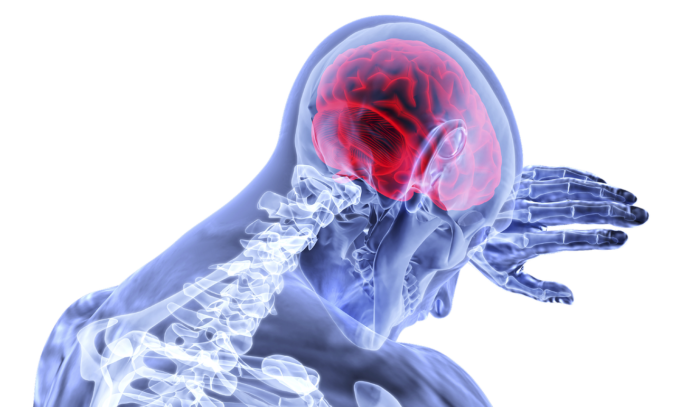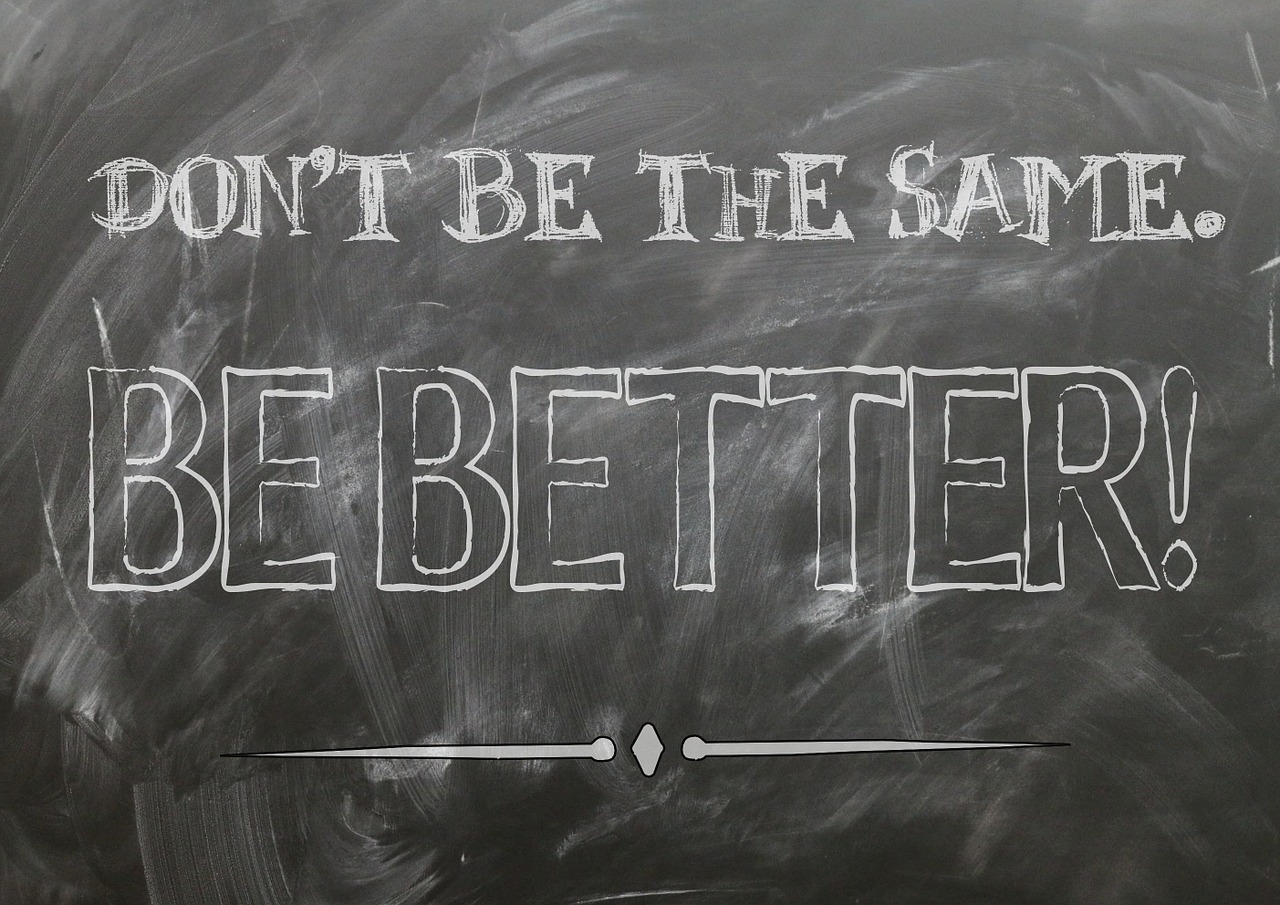Have you ever spent half a day chatting to a person and not remember what their name was? I sure have.
I can’t tell you how many times I’ve forgotten a person’s name right after being introduced to them. Not only that, I would hear their name once or twice again, and still not be able to remember it. It drove me nuts! Of course, I could ask them to repeat it once again, but after having heard it so many times, I felt too embarrassed to do it. As a result, if I needed to speak to them, I would have to wait until they would turn their head towards me. Awkward? Just a bit.
Because of my frustration with not being able to remember names, I looked into mnemonics, a system of techniques aimed at improving the memory. They are listed below.
1. Visual memory vs verbal memory
The first technique on how to remember things better concerns your visual memory.
The reason why so many things in life are quickly forgotten is because, most of the time, we use our verbal memory instead of the visual memory. What this means in practice is that when we have a word we need to memorize, we repeat that word a couple of times, and that’s about it. We hope that it sticks, but the chances are slim, especially if the word is foreign, new, complex or if there is a whole list of words.
To make it easier for you to remember information, use your visual memory. Instead of focusing on language and the word itself, create visual images of what that word is. Draw out in your mind what that word stands for. If you have the word “chair”, imagine a chair. If you have the word “lawyer”, you can imagine a person standing in a suit with a briefcase. Imagine whatever feels more natural to you.
The context also plays a very big role in the memorization of words, especially when learning a new language.
For example, OptiLingo has developed a system called Guided immersion that uses context and structure, among other things, to significantly speed up the process of learning a new language. Instead of taking the typical route of boring grammatical rules and endless vocabulary, their approach is more effective and straightforward. This is good news for people especially like me, those that have a hard time learning languages the standard way.
All in all, using visual memory over verbal memory will significantly improve your chances of remembering.
Recommended: What Is the Law of Attraction and How to Use It to Achieve Anything You Desire
2. The link system
To go a bit deeper into the use of visual memory, let’s look at the link system.
So imagine you have a list of ten items that you need to memorize. Normally, you will look at the ten words and try to memorize them by repeating them a few times. Again, here you would be using the verbal memory, which is not too effective.
Instead, using the link system, also known as the chain method, we look at the ten words and create a story in which all of them are linked together.
For example, you need to memorize the following words “dog”, “lamp”, “hair” and “keys”. Using the linking approach, you could create a story, such as: when I told my hairy dog to fetch me my keys, it jumped in the air and hit a lamp.
So as you can see, the story can get weird at times, but that’s ok. The main point is that the story is something you can easily remember.
3. Method of loci
To continue with our visualizations, let’s briefly look at the method of loci, also know as the memory journey.
In this exercise, the goal is to use a place you know well, such your apartment, a store you visit, the road from your house to that store, etc. Once you have in mind the location that you will be using and the words than you need to memorize, you then place those words in different parts of your location.
Let’s imagine that you are using your apartment as the memory journey location. You have these words to remember: “rocket”, “mouse” and “wheel”. You can imagine how you put the wheel under your bed (a place it fits in), the mouse on your computer table (as if it is a computer mouse) and the rocket can go on the roof of the apartment.
Because you know your apartment so well, it will be easier for you to recall where you put each of the items.
For your memory journey, if you decide to use a road you know very well, you can simply imagine walking along that road and placing each of the items at a specific spot. To recall these items, you once again imagine yourself walking on that road and picking each of the items from where you left them.
4. Chunking
The fourth technique on how to remember things better involves chunking.
Chunking is a very simple, yet very powerful. All you have to do is take information and break it up into smaller chunks/parts/sections that in some way help you better memorize that information.
For example, remembering all the major cities of the world is a hard task. To make it easier, you can group these cities by the letter they start with, the continent or country they are in, their population, etc.
5. Repetition
As they say, repetition is the mother of all learning!
Whenever I prepare for a presentation, I start well in advance. The reason for this is that the more times I can practice for it, the better I will do on stage. There will be less chance of me accidentally forgetting something.
Trying to memorize everything all at once is definitely not the best approach. Because of short-term memory limitations, there is only so much we can put into our head at one time. Alternatively, we can place some of that information into the long-term memory storage. This is best achieved through repetition that is spread over time.
If you can make seven attempts to memorize something, do it rather in seven different days than all seven times in one day.
6. Acronyms
The sixth technique on how to remember things better involves acronyms. This approach is useful when you have a list of words to remember.
To make use of acronyms, take the first letter of each word and build either a new word or a sentence out of them.
A popular example of using acronyms for memorization is:
My Very Educated Mother Just Served Us Noodles, which stands for Mercury, Venus, Earth, Mars, Jupiter, Saturn, Uranus and Neptune. Here we memorize the order from the sun of the eight planets.
7. Sleep
If you need to memorize something and you want to make life easier, make sure you get enough sleep.
Lack of sleep and good memory do not go together. You can use all of the mnemonic techniques in the world, but if you don’t get enough sleep, forget about a good short-term memory. It’s as simple as that.
Sleep in one of our fundamental needs. Chronicle lack of it leads to changes in our behavior and causes mood swings. It even impacts our physical health, causing us to gain weight. So make sure you don’t underestimate just how important sleep is for memory.

8. Diet
The eighth technique on how to remember things says that we are what we eat!
What we consume, just like sleep, has a large impact on our brain and therefore the ability for us to memorize things.
For example, a lot of caffeine leads to agitation or nervousness, which will impede our memorization skills. Large amounts of sugar can also negatively affect the memory (1).
On the other hand, vitamins and certain fats will positively affect our brain and thus how we remember things. Omega-3 fatty acids are known to have many health benefits, one of which is their ability to improve the memory (2).
9. Write it down
To get the most out of a study session, make sure that you write down all of the key points. From experience, I can say that typing things out on a computer is not so effective when it comes to enhanced memorization, although it’s better than nothing. The best approach would be to write it down on a piece of paper by hand.
The reason why this approach works is because when we write something down, we use a part of the brain that’s different from the one that we use when mentally repeating a word or sentence. It’s similar to using the visual memory instead of just the verbal memory.
10. Repetition before sleep
The last but not least technique on how to remember things requires you to repeat right before sleep.
Studies have shown that practicing memorization or learning right before sleep brings better results than if you were to do it without sleeping after. This concerns night-time sleep, but also naps taken in the middle of the day (3, 4).
So if you have the chance and aren’t too tired, make sure that you do your day’s last memorization session right before you go to bed.
Hopefully, you found these ten memory tips and techniques useful. But if you want to learn more about mnemonics, then I suggest you look into this book: Unlimited Memory: How to Use Advanced Learning Strategies to Learn Faster, Remember More and be More Productive
Thank you for stopping by and good luck!
Please click below to subscribe and to follow us on social media:
Click here to follow us via E-mail!
Click here to follow us on Facebook!
Click here to follow us on YouTube!
Click here to follow us on Instagram!
Click here to follow us on Twitter!


 15 Best Inspirational Movies That Teach to Never Give Up
15 Best Inspirational Movies That Teach to Never Give Up
 50+ Best Self-Help Books That Will Change Your Life Forever
50+ Best Self-Help Books That Will Change Your Life Forever
 Short Motivational Stories of Failure and Success That You Must Know
Short Motivational Stories of Failure and Success That You Must Know
 10 Examples Where the Power of Positive Thinking Kicks Ass!
10 Examples Where the Power of Positive Thinking Kicks Ass!
 What to Do When Someone Is Better Than You? – Dealing with Jealousy
What to Do When Someone Is Better Than You? – Dealing with Jealousy

Leave a Reply